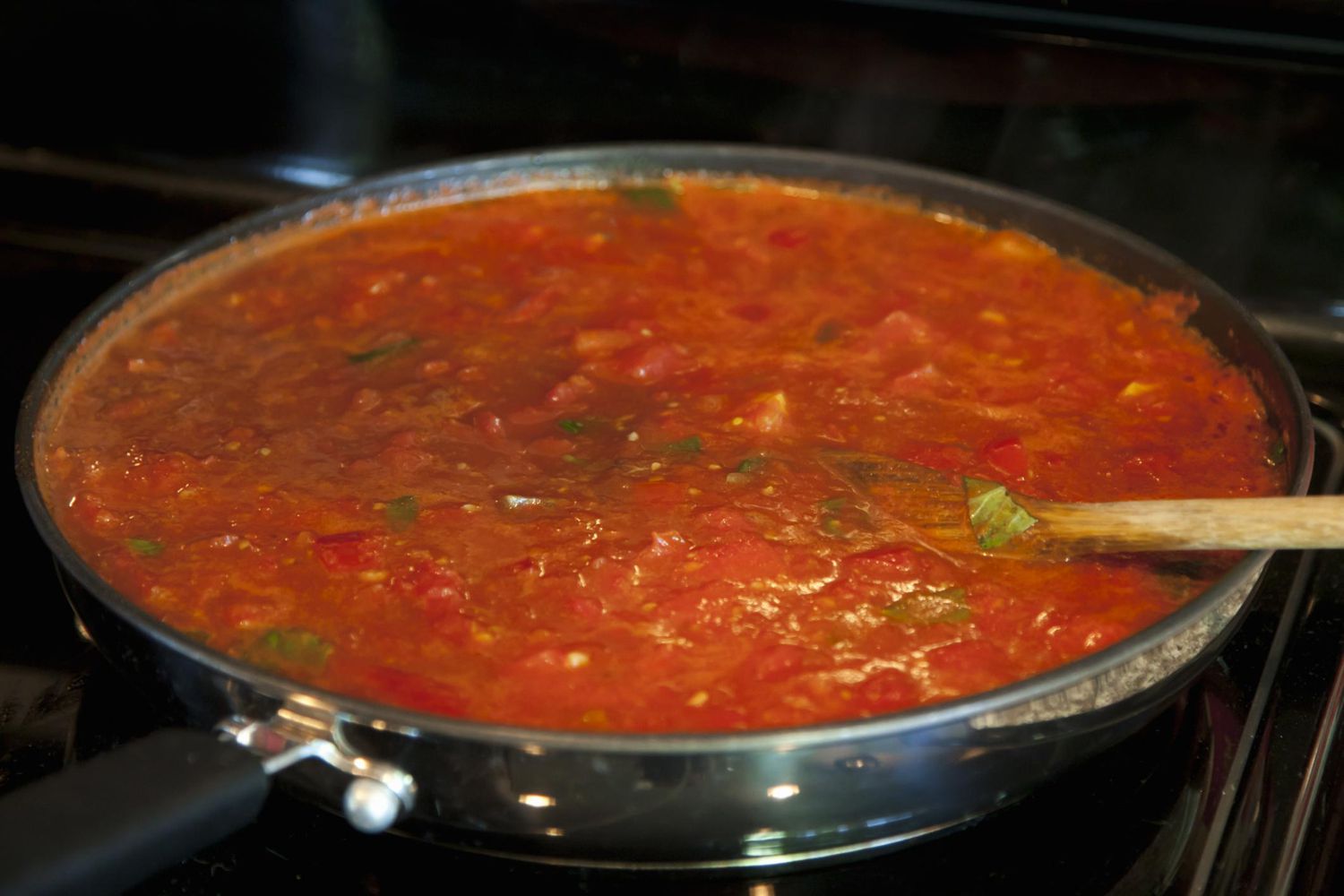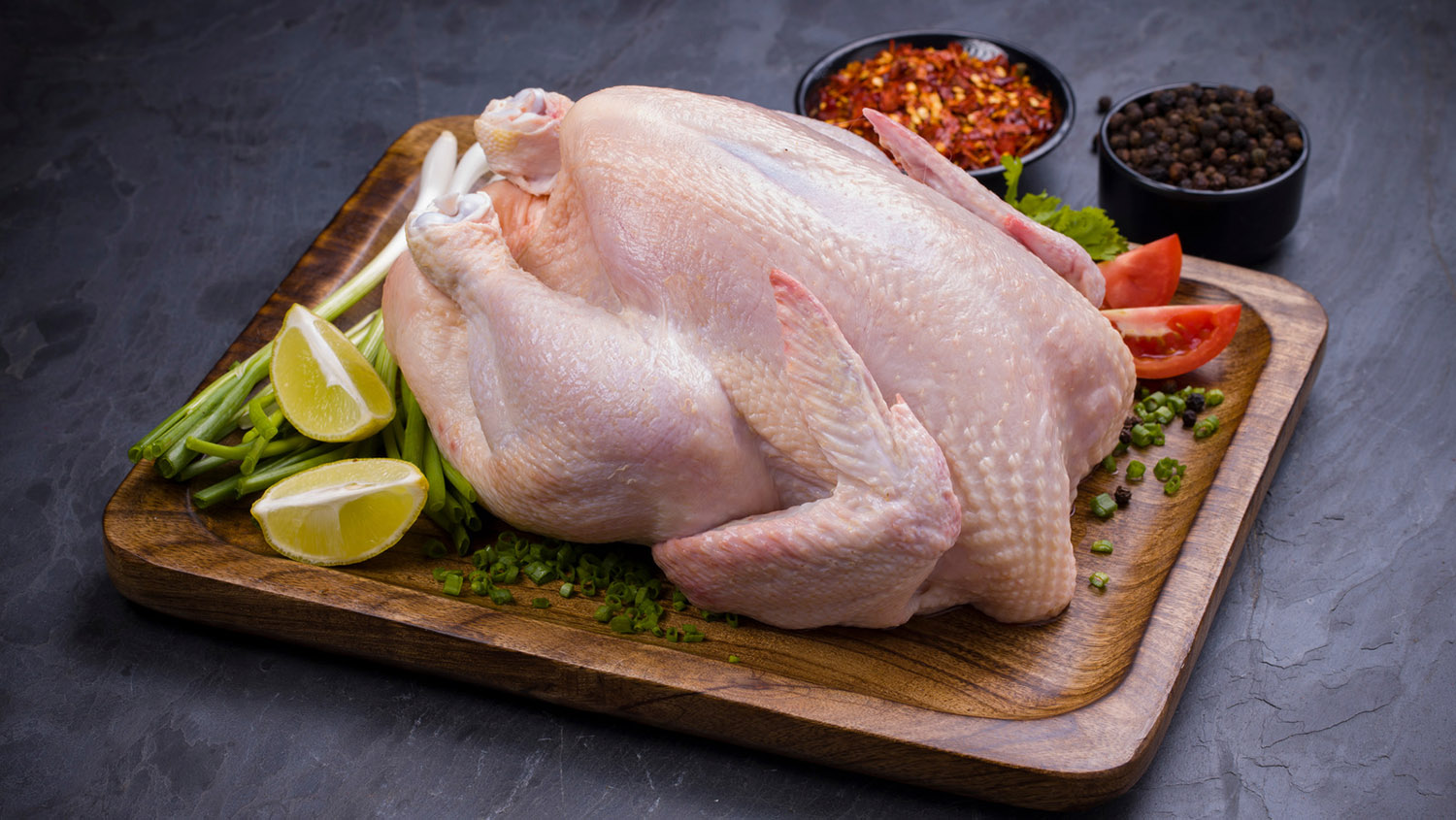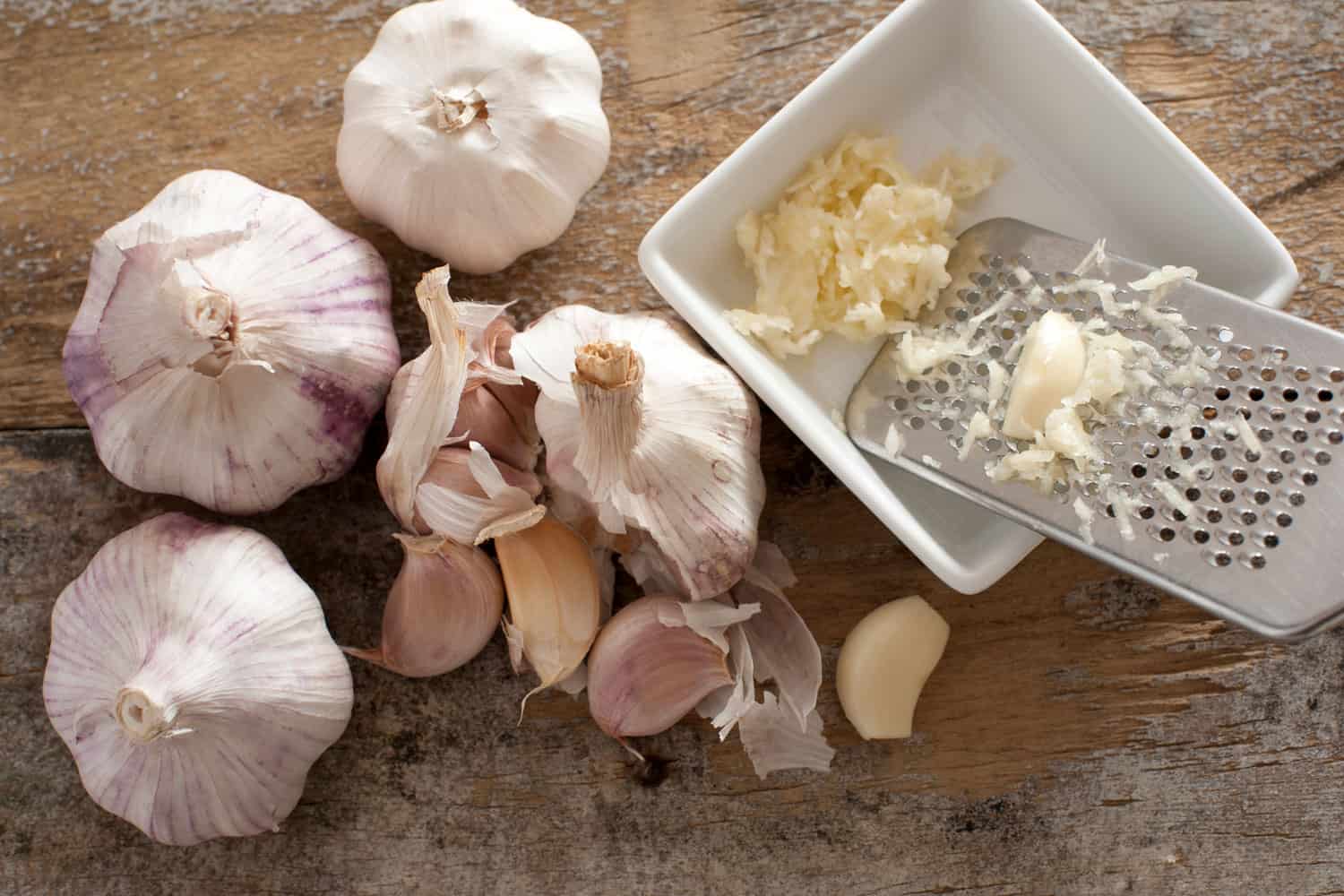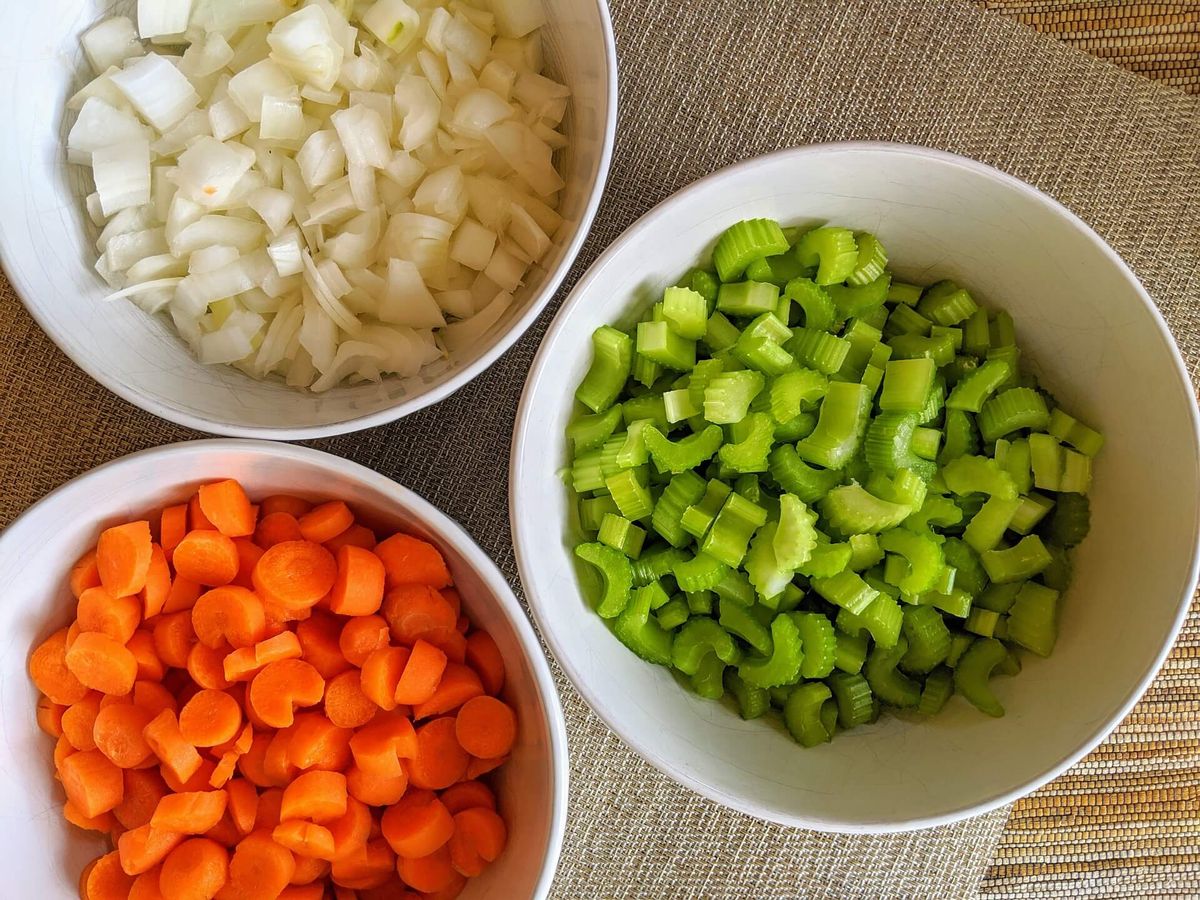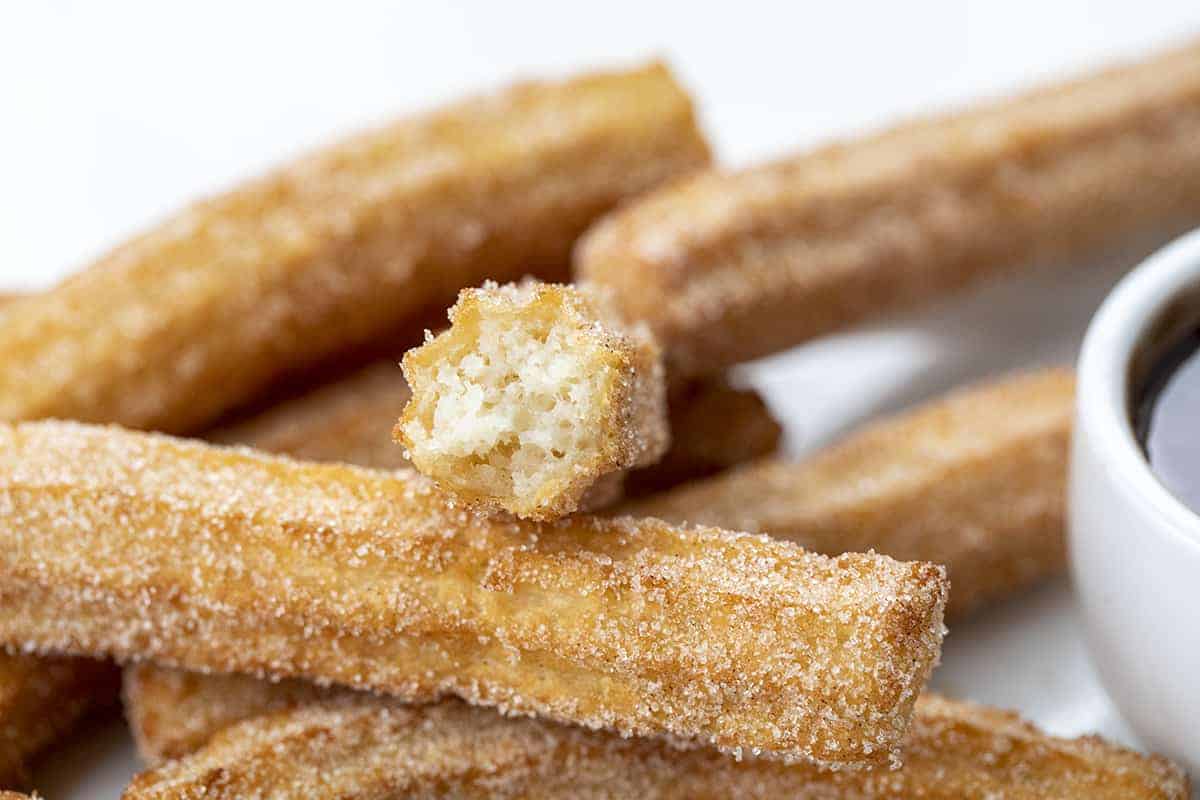Understanding the Flashpoint of Vegetable Oil
When it comes to cooking, vegetable oil is a popular choice due to its neutral flavor and high smoke point. But have you ever wondered about the flashpoint of vegetable oil? Understanding this concept is crucial for safe and effective cooking. Let’s delve into the details of what the flashpoint of vegetable oil is and why it matters.
What Is Flashpoint?
The flashpoint of a cooking oil refers to the temperature at which it begins to produce flammable vapors that can ignite when exposed to an open flame or heat source. It’s an important consideration for cooking, as exceeding the flashpoint can lead to smoking, off-flavors, and even fires in extreme cases.
Flashpoint of Vegetable Oil
The flashpoint of vegetable oil can vary depending on the type of oil. For example, canola oil has a higher flashpoint of around 400°F (204°C), making it suitable for high-heat cooking methods such as frying and searing. On the other hand, olive oil has a lower flashpoint of about 375°F (191°C), making it more suitable for low to medium-heat cooking.
It’s important to note that when an oil reaches its flashpoint, it can release harmful compounds and free radicals, which can have negative health implications. Therefore, it’s essential to use the appropriate oil for the cooking method to avoid reaching the flashpoint and compromising the quality of the dish.
Why It Matters
Understanding the flashpoint of vegetable oil is crucial for several reasons:
- Safety: Exceeding the flashpoint of oil can lead to dangerous situations, including fires and burns. By using oils with appropriate flashpoints for specific cooking methods, you can minimize the risk of accidents in the kitchen.
- Flavor and Quality: Cooking oil that has surpassed its flashpoint can develop off-flavors and aromas, negatively impacting the taste and quality of the food being prepared. Using the right oil for the right cooking method ensures that the flavors remain intact.
- Health Considerations: Oils that have exceeded their flashpoints can release harmful compounds, which may have adverse effects on health. By being mindful of the flashpoint, you can make healthier choices in your cooking practices.
Best Practices for Cooking with Vegetable Oil
To make the most of vegetable oil while ensuring safety and quality in your cooking, consider the following best practices:
- Choose the Right Oil: Select oils with appropriate flashpoints for the cooking method. For high-heat cooking, opt for oils with higher flashpoints such as canola, peanut, or avocado oil.
- Monitor Heat: Use a kitchen thermometer to monitor the temperature of the oil and avoid exceeding its flashpoint. Adjust the heat as needed to maintain a safe cooking temperature.
- Proper Ventilation: When cooking with high-heat methods, ensure proper ventilation in the kitchen to prevent the buildup of flammable vapors.
- Storage and Maintenance: Store oils in a cool, dark place to prevent them from degrading and reaching their flashpoints prematurely. Discard any oil that has developed off-flavors or odors.
Conclusion
Understanding the flashpoint of vegetable oil is essential for safe, flavorful, and healthy cooking. By being mindful of the flashpoint and choosing the right oil for each cooking method, you can elevate your culinary creations while minimizing potential risks. So, the next time you step into the kitchen, consider the flashpoint of your cooking oil and cook with confidence!
Was this page helpful?
Read Next: What Is Frozen Latte
